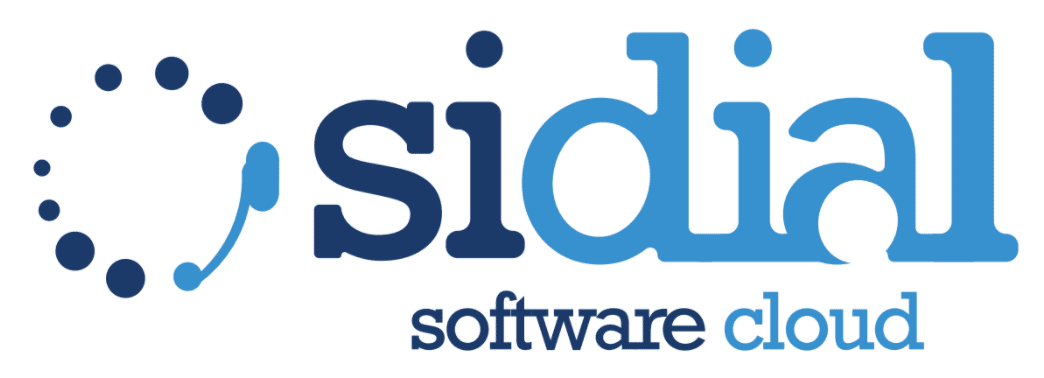In the highly competitive world of outbound call centers, measuring performance isn’t just useful—it’s essential. The success of a telemarketing, telesales, or debt collection campaign hinges on the ability to correctly interpret data. That’s why tracking the right KPIs (Key Performance Indicators) can make the difference between a productive team and one that wastes resources.
But which KPIs matter most for outbound call centers? In this article, we’ll explore the key metrics every manager should monitor to improve operational efficiency, boost conversions, and optimize ROI.
Why Monitoring KPIs Is Crucial in an Outbound Call Center
An outbound call center is responsible for making outbound calls with specific goals in mind: selling, conducting surveys, collecting payments, setting appointments, or following up. Each goal requires a different strategy and different metrics, but they all share one thing in common: the need to evaluate performance using objective data.
Tracking KPIs allows you to:
- Optimize workflows
- Improve agent training
- Fix underperforming campaigns
- Increase conversions
- Reduce operational costs
- Enhance customer experience
Let’s now look at the most important KPIs in detail.
Key KPIs for Outbound Call Centers
Average Handling Time (AHT)
AHT is one of the most well-known KPIs. It measures the average time needed to complete a call, including both the talk time and post-call wrap-up.
A high AHT may indicate inefficiencies or agent difficulties, while a low AHT could signal rushed interactions or poor quality.
Formula:
AHT = (Talk Time + Wrap-Up Time) / Number of Handled CallsContact Rate
This metric shows how many calls successfully reach a real person—not voicemail or invalid numbers.
A good contact rate depends on:
- Database quality
- Time of day the call is made
- Contact method (landline vs. mobile)
Contact Rate = (Calls Reaching a Human / Total Calls Made) x 100
Conversion Rate
The conversion rate shows how many calls result in a completed goal, such as a sale, an appointment, or a completed survey.
This is one of the most important KPIs in sales contexts and can also be analyzed by agent, product, or campaign.
Conversion Rate = (Goals Achieved / Calls with Human Contact) x 100
Rejection Rate
This metric tracks how many people reject the offer or hang up immediately. A high rate may indicate an ineffective script, poorly trained agents, or a badly targeted contact list.
This KPI is also helpful for A/B testing call scripts and time slots.
Calls per Hour
This metric helps assess agent productivity. It should be evaluated alongside AHT: a high call count with very low AHT could suggest rushed or low-quality interactions.
It’s also useful for scheduling shifts and calculating operational capacity.
Average Speed of Answer (ASA)
While this is typically an inbound call center KPI, ASA may still apply to outbound centers that handle callbacks or follow-ups.
It measures how long it takes an agent to answer an incoming call.
Abandonment Rate
When using auto-dialers, this metric shows how many calls are abandoned before the caller reaches an agent. A high abandonment rate can hurt your brand’s reputation and result in regulatory penalties.
Abandonment Rate = (Dropped Calls / Total Connected Calls) x 100
First Call Resolution (FCR)
If the goal can be achieved in one call—like setting an appointment or closing a sale—FCR measures the percentage of contacts that don’t require a follow-up.
A high FCR lowers costs and improves customer satisfaction.
Call Quality Score
Beyond raw numbers, it’s essential to assess call quality via audits or voice analysis.
Evaluation criteria may include:
- Script adherence
- Listening skills
- Tone of voice
- Objection handling
- Call closure effectiveness
Quality scoring helps support continuous agent training and performance improvement.
Advanced KPIs for Outbound Campaigns
Depending on the call center software used, you can access more advanced metrics, such as:
- Agent Occupancy Rate: actual time spent working vs. total available time
- Callback Response Rate: how effectively callbacks are handled
- AI-Based KPIs: sentiment analysis, silence detection, keyword usage
- Idle Time: useful for identifying downtime between calls
How to Choose the Right KPIs to Track
Not every KPI applies to every call center. The choice depends on:
- Campaign goals (sales, leads, appointments)
- Team size
- Type of audience
- Contact channel (phone, VoIP, SMS, WhatsApp)
A common mistake is trying to track too many KPIs at once. It’s better to focus on a few relevant indicators for each campaign, enabling you to act quickly when something isn’t working.
Dashboards and Reports: How to Visualize KPIs
Modern call center platforms provide customizable real-time dashboards with filters for agent, campaign, date, and time slot. A good dashboard should:
- Provide real-time data
- Be easy to read
- Allow detailed exportable reports
A well-designed dashboard can turn a flood of data into actionable, informed decisions.
Training and KPIs: An Inseparable Duo
KPIs are not just performance review tools—they’re essential for ongoing training. By analyzing data, you can identify:
- Agents who need extra support
- Which scripts perform best
- The most effective time slots
- Recurring issues
This approach makes training more targeted, data-driven, and continuous.
Tools to Track Outbound Call Center KPIs
Measurement is the first step to improvement. When properly selected and analyzed, KPIs can transform an outbound call center from a basic operational unit into a true strategic engine for the business.
Whether you manage a small team or a large international operation, tracking the right KPIs allows you to optimize every phase, cut costs, and increase conversion rates.
Want to monitor your KPIs with advanced tools and tailor-made solutions for your outbound call center? Request a free demo of SiDial, a powerful call center software platform, and start working with the metrics that really matter.

